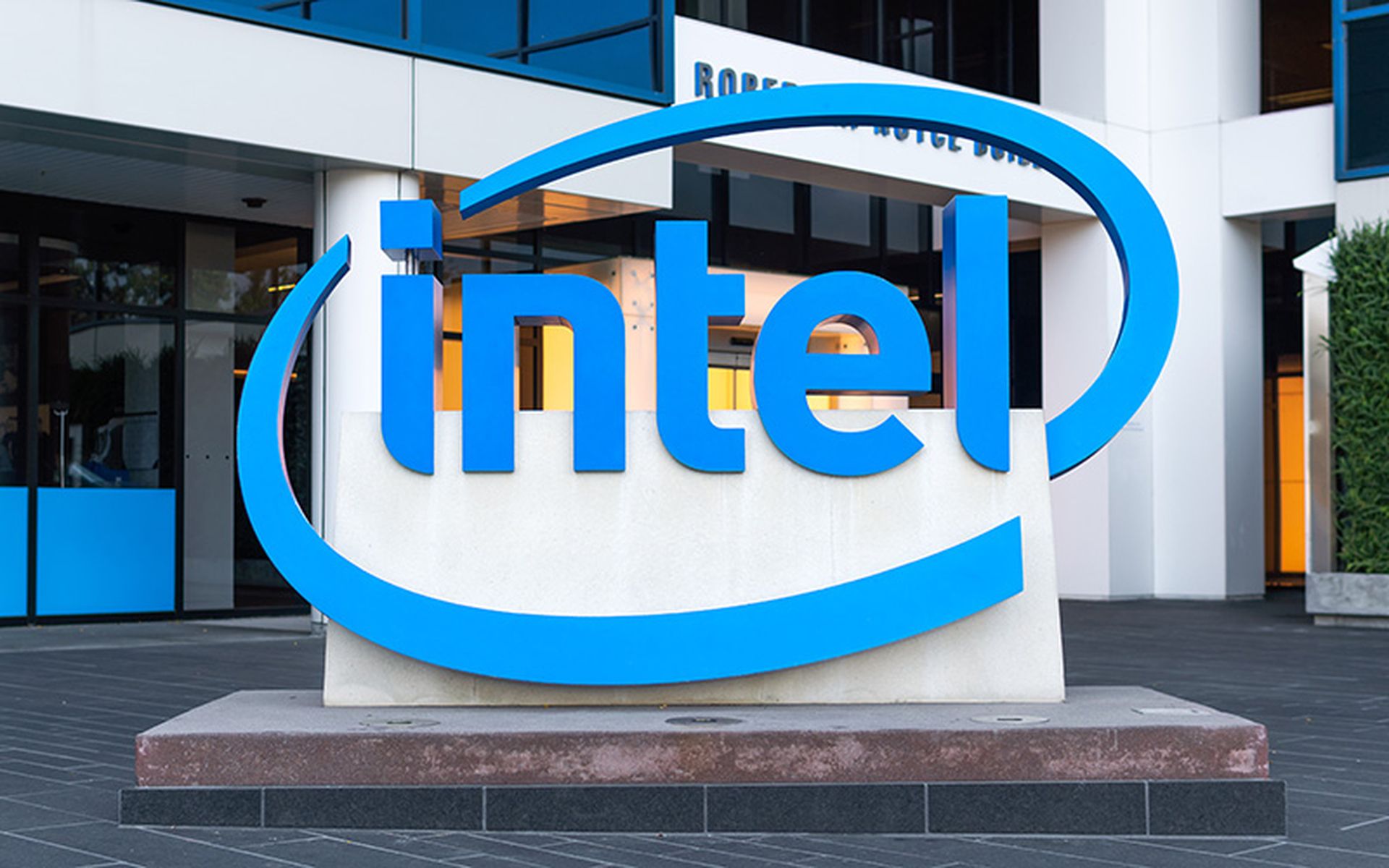
How do you make money from a free product? That's the riddle facing channel partners that embrace Google Apps for Education -- the free cloud-based productivity suite for K-12 schools, universities and colleges.
No doubt, Google Apps for Education has serious momentum. The platform has 60 million users. Among those, 10 million users leverage Classroom, a Google Apps for Education workflow tool that allows teachers to create and organize assignments, share feedback and communicate with classes.
"Classroom has really become the focus of our attention," says Bram Bout, director of Google for Education. "It has been hugely popular with tremendous uptake. And we've been receiving great feedback in terms of the next capabilities that users would like to see." With that reality in mind, Google is focusing heavily on continued Classroom enhancements.
Poke around the rest of the Google Apps for Education suite, and it's essentially 100 percent aligned with Google Apps for Work -- the more mainstream version of the suite, Bout.
That's a blessing and a burden for partners. On the one hand, Google Apps for Work partners can make a relatively easy jump into the Google Apps for Education world -- if they have vertical market expertise and the right relationships with educators. But on the other hand, Google Apps for Education is free. So at first glance, profits don't await partners.
Google Apps for Education: Partner Opportunities
Before you head for the exits, take a closer look. Partners are building successful Google Apps for Education business practices, Bout says, by weaving together a tapestry of cloud, mobile and ISV (independent software vendor) solutions.
The efforts often include Google Chromebooks -- the Web-centric notebook computers that Google began to pilot around 2011. By 2012, some commercial Chromebook offerings arrived. In 2013, the devices hit their stride and "have been on a tear from that point forward," Bout says. The proof point: There are now more than 10 million Chromebooks in the market.
During the early days of Chromebooks, schools would typically discover the apps first and then ask about the devices. Now, a growing number of schools discover the devices first and then ask about the apps. "There's great synergy," says Bout.
Some partners charge consulting and deployment services for setting up and activating Chromebooks linked to Google's cloud. But the most successful partners like have some API and software integration expertise. A starting point involves Classroom API, which allows developers to integrate their applications with the Classroom. Other partners are integrating the suite with Student Information Systems, Learning Management Systems and more.
Partners of Note
True believers in the partner ecosystem include CDW and Promevo. CDW, for instance, offers several management consoles, security add-ons and configuration services for schools that run Chromebooks with Google Apps for Education. Meanwhile, Promevo has bet its entire business on Google's app strategy -- introducing education-centric solutions and professional services along the way.
Of course, Google faces plenty of competition in the education market -- particularly from Office 365 for Education. And over the past couple of years, Microsoft has gained serious momentum with its cloud services.
Still, Bout sees plenty of opportunity ahead. Google has been accelerating its education push outside of the U.S. -- toward Europe, Asia and many other regions. Plus, continued advancements in the Classroom -- that Google Apps for Education workflow tool -- are coming, Bout says.
How are partners feeling about Google's efforts? We're reaching out to Promevo and others for perspectives, and will update this article when we have details to share.




